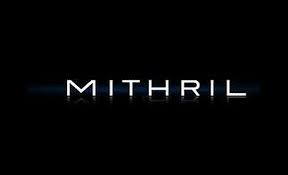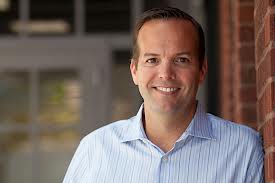 Bigcommerce, a five-year-old, Austin-based start-up whose software-as-a-service helps more than 55,000 companies create and manage their online stores, is in the market for more funding, co-founder and CEO Mitchell Harper suggested in a wide-ranging conversation with StrictlyVC last week.
Bigcommerce, a five-year-old, Austin-based start-up whose software-as-a-service helps more than 55,000 companies create and manage their online stores, is in the market for more funding, co-founder and CEO Mitchell Harper suggested in a wide-ranging conversation with StrictlyVC last week.
The company — which charges its customers a flat rate of between $24 per month, all the way up to $1,000 per month for “white glove service” — raised $40 million last July from Revolution, the investment firm cofounded by AOL cofounder Steve Case. At the time, Case told me that neither BigCommerce nor its previous investors, including General Catalyst Partners and Floodgate, were looking for such a big injection of fresh capital. The company, which has raised $75 million altogether, is operating in a space that has since heated up considerably, though.
Most notably, Shopify, an eight-year-old, Ottawa-based startup with which BigCommerce competes most directly, raised $100 million in December led by OMERS Ventures and Insight Venture Partners. The funding is helping Shopify in its ongoing expansion from online commerce into the brick-and-mortar world, where it has launched a point-of-sale version of its software that’s optimized to run on tablets like the iPad. (Shopify has raised $122 million altogether.)
In our conversation, Harper wasn’t specific about whether BigCommerce’s strategy going forward will involve the same path. But he did say the company might soon begin acquiring its way into new markets.
“Most decisions have been build versus buy or partner,” he said, “but that could change. Small business use a lot of tools, from email marketing to social media to inventory; there are probably 30 or 40 adjacent products” that the company could explore. While it doesn’t have specific plans to launch into any of them, he added that in “three months that could change, the market is moving so quickly.”
In the meantime, BigCommerce, whose revenue is currently growing 20 60 percent year over year, appears to be stepping on the gas. For example, the company, which has offices in Austin and Sydney, is opening an office in San Francisco, too, and earlier this month used some guerrilla tactics to staff it, including descending on engineers at tech bus stops that fill with Facebook, Google, and Yahoo employees. (Using both recruiters and its own engineers to hand out invitations to a happy hour, BigCommerce managed to engage with roughly 1,000 people and snag about a dozen, Harper says.)
Harper noted that no new funding announcement is imminent, but that because capital right now is “cheap,” a new round is “definitely not off the table at the moment. It depends on the valuation, the dilution, the potential upside that an investor can bring . . . and whether they share the same vision that we do.”
He added that that while the 320-employee company has been “optimizing for growth” and isn’t profitable as a result, it could be “very profitable” if management were focused instead on getting the company into the black.
Sign up for our morning missive, StrictlyVC, featuring all the venture-related news you need to start you day.









